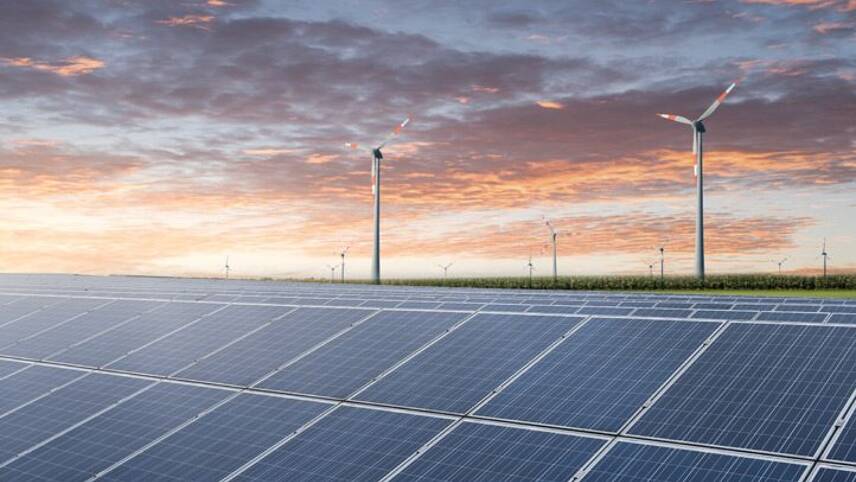Register for free and continue reading
Join our growing army of changemakers and get unlimited access to our premium content

Onshore wind and solar developers have been unable access subsidies since the government closed the Renewables Obligation scheme to new applicants
The panelists at an event held by Aurora Energy Research in Oxford questioned the willingness of the private sector to bear the full risks arising from uncertainty over future power prices.
Matthew Wright, the UK managing director for Danish renewable developer Orsted, said onshore wind and solar projects are already being built at prices at or below current wholesale market rates. He said offshore wind projects could also achieve this milestone in the upcoming Contracts for Difference (CfD) auction in May.
At the same time, Wright said developers and their investors still require some measure of revenue stabilisation to limit their exposure to a future collapse in power prices.
Carol Gould, head of power and renewables in Europe, the Middle East and Africa for the Japanese bank MUFG, agreed with his assessment. “We don’t mind subsidy-free,” she explained. “But what we need is some stability in project finances… We need at least part of the revenue to be relatively certain to know that there’s a good chance the debt will be repaid.”
Highlighting concerns over the price cannibalisation by existing renewables, she added: “I think there will come a point where boards refuse to take the risk of an ever-growing wind portfolio, without some kind of revenue stabilisation. I just don’t see how else we can approach it.”
The panelists agreed that long-term power purchase agreements (PPAs) with utilities and corporate energy buyers could get some projects over the line. But Danielle Lane, the UK country manager for the Swedish utility Vattenfall, said the PPA market “is not infinite” and is too shallow to support the level of growth that is required to meet climate change targets.
She asked why utilities, for example, would want to take on the risks of falling power prices if banks and developers are unwilling to do so. “We’re just moving this around,” Lane remarked.
Wright said the government, acting on behalf of consumers, is “well placed” to shoulder this burden: “Unlike others, I don’t see that as an issue. Risk should sit with the party that’s best able to manage it”.
Onshore wind and solar developers have been unable access subsidies since the government closed the Renewables Obligation scheme to new applicants.
They were barred from entering the most recent CfD auction and it remains unclear whether they will be allowed participate in future rounds. Wright questioned why ministers are reluctant to offer this support to mature renewables when the auctions have been so effective at driving down prices for consumers.
He said Orsted is working on an alternative way to protect renewables from falling power prices – large-scale energy storage in the form of hydrogen.
“Lots of people write off hydrogen and say it’s never going to be cost-effective, particularly green hydrogen produced using electrolysis,” said Wright. “And that’s what a lot of people said about offshore wind ten years ago.
“There’s every chance you can make green hydrogen not only the solution to how you deal with commercial risk on an offshore wind project but also solve the decarbonisation of heat”.
He said the company is hoping to industrialise green hydrogen production “in the same way as we have industrialised offshore wind.”
Tom Grimwood,
This article first appeared on edie’s sister title, Utility Week


Please login or Register to leave a comment.